|
|
General: MADELEINE=THE WISE MEN=THE THREE KINGS=COLOGNE GERMANY=FREDERICK BARBARROSSA
Elegir otro panel de mensajes |
|
|
CHURCH OF THE MADELEINE: FRESCO OF THE HALF DOME
The only fresco in a Parisian church in which the figure of Napoleon appears is the one that adorns the half-dome of the Church of the Madeleine. Painted by Ziegler, it gathers around Christ, Mary Magdalene and the apostles the great people who have shaped Christianity: Constantine, Clovis, Godfrey of Bouillon, Frederick Barbarossa, Joan of Arc, Dante, Raphael, Pius VII and the Emperor in his coronation robes.
https://www.napoleon.org/en/history-of-the-two-empires/images/church-of-the-madeleine-fresco-of-the-half-dome/ |
|
|
|
|
I have previously published a short video which details some of the abundant evidence suggesting that the stories found in the scriptures that became what we commonly call the Old and New Testaments of the Bible are based upon the motions of the stars. I'm going to repeat a bit of the argument covered in that video here, with some new diagrams, in order to explain how you can go out and observe the celestial actors for yourself, and also in order to offer a few brief suggestions as to what these ancient texts might be trying to tell us.
Seeing it take place in person can -- I believe -- open up an entirely new and personal level of apprehension (a word that has as its root a verb meaning "to seize" or "to grasp") of the powerful knowledge that the ancient story was intended to convey.
There are specific details in the texts from which we derive the Christmas story which argue very strongly that the texts themselves were never intended to be understood as describing events which happened in literal, terrestrial history. One such indication from the texts themselves is the familiar story of the visit of the "wise men" or Magi.
The event is described in the gospel according to Matthew, where we read in the first verses of chapter 2 that "when Jesus was born in Bethlehem of Judaea in the days of Herod the king, behold, there came wise me from the east to Jerusalem" (Matthew 2: 1). The text tells us that they "saw his star in the east" and had therefore come to worship him (verse 2), and later that "the star, which they saw in the east, went before them, till it came and stood over where the young child was" (verse 9).
These verses cause something of a geographic problem, for those who wish to interpret the text as describing an event which took place in terrestrial history (but no problem at all if those texts are describing an event which takes place in the celestial realms above, as we will see momentarily). As typically understood, the Magi came from the east, and followed a star which they saw in the east, and which "stood over where the young child was," thus leading them to the place where they would find the divine child.
No matter where on the planet you choose to try to make these verses work, they require some significant contortions if they are interpreted as describing a journey on the planet's surface, as the diagram below attempts to illustrate:
image: Wikimedia commons (link); modified.
The geographic problem, as may perhaps be best perceived by looking at the map above on which north is "up" as we look at the page, east is to our right and west is to our left as we look at it, should be immediately clear if we try to imagine the Magi traveling from the east while simultaneously following a star which they have seen in the east.
The arrow shows a possible terrestrial route or general direction of travel for the wise men in the story (but note that it does not really matter where on the planet we draw this arrow -- the "from the east" problem will still remain). If they come from the east while following a star seen in the east, they will not get to Jerusalem or Bethlehem or anywhere else that is to the west, unless they go east and keep on going east for a very long time and circle the globe.
However, this "geographic problem" is only a problem if we try to understand the text as if it were speaking in the language of literal, terrestrial history. If the text is instead understood to be speaking in the language of the stars and constellations and heavenly cycles, then the problem resolves itself most satisfactorily.
As Robert Taylor (1784 - 1844) proposes in a series of talks entitled "The Star of Bethlehem (parts I, II and III)" and delivered over three weeks in November of 1830, all of which were later published in a collection of his lectures entitled The Devil's Pulpit (available online here and in physical print in various places), the Magi in the story, who have traditionally been referred to as the "three kings" since ancient times, may be identified with the three glorious belt-stars of the constellation Orion, a constellation who dominates the night sky during the winter months (see especially pages 43 - 44).
These three stars that make up Orion's belt are among the brightest and most-recognizable groupings of stars in the entire celestial panoply -- and in their dignified motion across the sky they do indeed begin in the east, as do all the other celestial objects including our sun, due to the motion of earth's daily rotation on its axis.
As they pass the zenith point in their progression across the sky, and begin to arc back downwards towards the west (where they will eventually set), the constellation Virgo the Virgin will begin to rise in the east -- and the star which marks her outstretched arm was interpreted in many Star Myths from around the world as a young child either nursing at her breast or sitting upon her lap.
Because the Virgin (and the star that marks her child) is rising in the east even as Orion is beginning to go down in the west, it is entirely appropriate to say that the "three kings" of Orion's belt (who came across the sky from the east) now look and see the child's star in the east.
This neatly resolves any dilemma with the text -- and shows that the scriptures were not at all mixed up in their description of the directions, and that they did not intend for those directions to be applied to terrestrial events, but rather to celestial ones.
The diagram below shows the scene as it appears in the sky at this very time of year. The three belt-stars of the constellation Orion are framed with a bright yellow line above and below, and the direction that they have traveled from the east is indicated by red arrows. The extended arm of Virgo is indicated by a purple arrow, pointing to the bright star Vindemiatrix which was sometimes envisioned as a child in her arms or on her lap:
Note that in the above diagram, we are facing towards the south, because an observer in the northern hemisphere, which this image replicates using the outstanding open-source planetarium app Stellarium, must look towards the south in order to see the zodiac constellations such as Virgo, and in order to see the belt-stars of Orion, which are located almost exactly upon the celestial equator, which is an imaginary line found "ninety degrees down" from the north celestial pole (located "behind our back" in this illustration) or "ninety degrees up" from the south celestial pole (if you are in the southern hemisphere).
Of course, because we are facing south in the illustration above, the eastern horizon is to our left and the western horizon is to our right (and that is indicated in the diagram).
You may be familiar enough with the stars and constellations to envision the outlines of Orion and Virgo in the diagram above, but in order to help out, I have added their outlines in the diagram below, which is identical to the one shown above but with a few additional lines and labels:
Virgo is shown on the left, and you can see that both the moon and the bright planet Jupiter are (on the date for which the planetarium is replicating) located near the crown of her head (the moon will continue rising later and later each evening, and will move out of the area of Virgo in a couple more days).
The diagram above also adds the outline of Cancer the Crab, which is straight up over the due-south direction (at its highest point on its arcing path across the sky, a point known as "transit" and also as its "culmination" and its "zenith"). As Robert Taylor also explains in the lectures referenced above, the constellation Cancer contains the beautiful and very significant cluster of stars known as the Beehive Cluster, which was anciently also referred to as Praesepe -- "the manger" (probably because it is in between two stars known as the Northern Ass or Donkey-colt, and the Southern Ass or Donkey-colt).
As is well known, a different scripture text (found in the gospel according to Luke) says that the Virgin laid the child in a manger. As you can see from the time-marker in the lower-right part of the screen in the image above, the Beehive is crossing the zenith point just after two in the morning in the modern epoch -- but due to the "delaying action" of precession over the millennia, this is "behind schedule" compared to the time that it would have been crossing the zenith point thousands of years ago.
There was a time in a previous epoch at which the "manger" in the Crab was crossing the zenith right at midnight on the nights surrounding winter solstice (instead of around two in the morning as it does today, due to the delay) -- and Robert Taylor believed that this explains the aspect of the story of the baby being born in a manger, because it is at the winter solstice that the year or the sun is reborn.
The point of winter solstice, as explained in some detail in previous posts such as this oneand this one, was anciently used as a metaphor for the awakening of the consciousness to the existence of the connection to the Infinite, which actually permeates our entire universe and is (according to many ancient teachings) the "real world behind this one" from which the manifest world originates.
This awakening is powerfully expressed to us in the story of the birth of the divine child in the manger -- and expressed in many other forms and guises in countless other Star Myths from around the world. As the discussion above should convincingly indicate, the story is not intended to be taken as literal, terrestrial history -- which would make it a story about events (however wonderful, moving and mysterious) that happened to someone else in another time and place -- but rather to be understood as teaching you and me about something we need to know for ourselves.
It describes the birth of awareness of the reality of and possibility for connection and communication with our own Higher Self (see discussions of the identity of Doubting Thomas and of the concept of Thomas and the Divine Twin in previous posts for more on this subject). It is a birth that was described in many myths from around the world using the metaphor of a twin, but a twin so close that they are part of us -- "closer than a brother." And the profound teachings contained in this ancient celestial metaphor no doubt go on for layers far deeper than anything I can express in a written discussion, but must be experienced and grasped and felt by each person for himself or herself.
Perhaps one of the most singular lines in the Biblical text, and one on which I have not hitherto remarked, is found in the Matthew account, in verse 12 of the same chapter: "And being warned of God in a dream that they should not return to Herod, they departed into their own country another way."
Now that we understand the celestial foundations of this famous episode, we might be able to bring in an entirely new perspective to that phrase "another way"! Obviously, if they crossed the sky from east to west in an arcing path above the horizon at approximately zero degrees right ascension (that is to say, along the path of the celestial equator), the stars in question will return to "their own country" -- the east -- by an entirely different path! That is to say, they will do so (from our perspective) "under the earth," where neither Herod nor anyone else will be able to see them.
Celestially, this makes perfect sense, and adds another extremely satisfying piece of evidence to support the conclusion that the scriptural text itself is telling us that it is speaking in the language of the heavenly cycles, describing the motions of stars.
Spiritually, it opens up even more new paths of consideration for the apprehension of deep knowledge of profound benefit for our daily life in the here and now.
First, this "underworld path" was used in the ancient Star Myths of the world to symbolize our condition here in this incarnate form, where we find ourselves at this moment.
The motions of the stars (including the star we know as the sun) present us with a perfect metaphor for the interplay between the realm of the infinite (the realm of the gods, the realm of pure potentiality in the language of quantum physics, in which finite boundedness has not yet manifested, which physicist David Bohm referred to as the "implicate order") and the realm of the incarnate, the material realm (in which "infinite possibility" has manifested into one of its potential forms, "temporarily unfolding" in the terminology with which David Bohm described it, into the "explicate order").
The stars arc across the sky -- traveling through a realm which is, in a very real sense, infinite. And yet, with the exception of those close enough to the two central hubs or celestial poles around which the sky appears to revolve (only one of which is visible to us at any given point on the globe, unless we happen to be located somewhere on the line of the equator), the stars cross that infinite realm only to dip down into contact with our horizon (note that if you are located on the line of the equator, none of the stars will fail to dip down below the horizon, although if you are far enough to the north, the stars making a circle fairly close to the point of the north celestial pole will not dip down below the horizon -- they are referred to as the "undying stars" in the texts of ancient Egypt).
When the stars sink below the horizon, they appear to leave the realm of infinity and plunge into the lower elements of matter -- disappearing into either earth or water, depending upon what you see when you look towards the western horizon from your location on our planet. Alvin Boyd Kuhn devotes several chapters in his masterful Lost Light (1940) to the spiritual symbolism that the ancient wisdom attaches to each of the so-called "four elements," and also argues that the ancients knew very well that there are not "only four elements" but that they used this system primarily for its outstanding capacity for conveying esoteric spiritual knowledge.
Thus, when the stars sink below the horizon and seem, from our perspective on the planet, to be "plowing through the underworld" on their way back to the eastern horizon, they symbolize rather perfectly a teaching about our own incarnate condition, plunged as we are into a body composed of earth and water (or clay, as Genesis describes the material from which Adam is fashioned). When the "three kings" go back to their own country by "another way," they are symbolizing our own sojourn through this apparently material world, this "explicate order."
And yet, in the very same verse, we see a very clear hint that the Magi have a very direct connection to the Infinite: they are "warned of God in a dream." In an altered state of consciousness, and one into which we enter basically every single day (every single rotation of this planet of ours, that is), the Magi receive messages from the divine.
Note that this teaching, contained in that very important verse Matthew 2: 12, resonates very powerfully with the message described as being given to another king, in another text of ancient scripture collected into what today we call the Bible -- the vision given to Solomon in a dream, in which he receives the gift of God-given wisdom, in the first fifteen verses of I Kings chapter 3. This powerful dream is recounted in the ancient scriptural text immediately prior to the famous episode of the living baby and the two mothers (hmmmm . . . many of the metaphors regarding the inception of the divinely-given awakening seem to have to do with a birth of a baby, the incarnation into this explicate order).
You can watch a previous video I made discussing the importance of the episode known as the "Judgment of Solomon" at about this time last year by following this link.
Thus, that amazing verse not only provides a powerful additional clue that the familiar story is built upon a celestial pattern, but it also provides a very strong indication that the story has to do with our own incarnation in this "explicate" order in which we find ourselves, but also with the necessity of our realization that while here we do have access -- not only through dreams but through a wide variety of other techniques and avenues, a variety that itself seems to be nearly infinite -- to the infinite realm, the realm of the divine, the realm of the unbounded, the "implicate order."
The way in which the story of the visit of the Magi is framed also makes it clear that access to that realm can be absolutely essential to the very practical questions of the path or way that we choose to follow "here below" as well.
As stated at the very beginning of this discussion, now is an ideal time to go outside and gaze into the infinity of the night sky to meditate upon these celestial cycles for yourself, if it is at all possible for you to do so. The glorious outline of the constellation Orion will be immediately visible to you as you go outside into the night during the winter months of December and January -- and may in fact take your breath away, as you first turn towards that part of the sky in which Orion is moving alongside the brilliant star Sirius (Sothis) and among the circle of other bright stars often referred to as the "winter circle."
During the late December / early January months, you will have to wait until shortly after two in the morning to see Cancer the Crab with the beautiful Beehive Cluster climb all the way to the transit point above the due-south line (if you are in the northern hemisphere), but you can actually observe the Beehive long before it reaches its transit or zenith point. The Beehive and the faint constellation of Cancer the Crab are located between the Twins of Gemini (who stretch out horizontally from the direction of Orion's trailing shoulder, and are part of the "winter circle" described above and discussed in the link to a post from back in 2011) and the mouth of the majestic constellation Leo the Lion. Here is a link to a previous post discussing some tips for finding the Beehive Cluster in the sky.
Note that finding the Beehive does require a dark sky, so you will want to try to find it before the moon rises into view and if possible will want to get to a place where there is little or no ambient light from city streets or buildings.
But, no matter how many of the stars and heavenly figures you can actually identify, the very act of going out and gazing into the night sky can be conducive to a closer and deeper apprehension of the knowledge preserved for us in the ancient wisdom of the human race. When you stare out into space, you are in fact staring out into infinity. And, even if the only stars you can confidently identify are the three great belt-stars of Orion, you can gaze at them and think about the message of the turning-point of the year and the awakening to the reality of the infinite realm that this great pivot-point represents, and the connection we have to it, a connection which in fact is always present.
And, as we consider the evidence that the stories in the Bible follow the same system of celestial metaphor upon which virtually all the other sacred stories, scriptures, and myths of humanity are also founded, it should also become very clear that it is very likely that they were trying to tell us the same thing, and that there is no basis for disrespecting one expression of the ancient wisdom or trying to supplant it with another expression of the same ancient system.
I hope that you have an opportunity to go out and spend some time with the stars, if it is at all possible for you to do so -- and I send my very sincere wishes for positive renewal and growth to each and every reader out there (wherever you are on this terrestrial ball) as you contemplate the profound wisdom conveyed by the ancient myths of humanity.
https://www.starmythworld.com/magi |
|
|
|
|
|
|
ALCHIMIA E MASSONERIA A VENEZIA - SECONDA PARTE
La Chiesa di Santa Maria Maddalena a Cannaregio
SULLE TRACCE DI SIMBOLI E LUOGHI DI TRADIZIONI INIZIATICHE
La Chiesa di Maria Maddalena, a Cannaregio, è l’edificio più rappresentativo del potere e della ricchezza di alcune famiglie appartenenti alla Massoneria veneziana, che riuscirono a far costruire il tempio secondo i criteri di questa associazione.
L’architetto ed erudito Tommaso Temanza, confratello di un’importante loggia massonica, nel 1763 progettò l’edificio con pianta circolare, in stile neoclassico e fece incidere sull’architrave della porta uno dei simboli più caratteristici della Massoneria: l’occhio all’interno di un cerchio iscritto in un triangolo.
Al di sotto la scritta ‘SAPIENTIA AEDIFICAVIT SIBI DOMUM’, inneggiante alla divina sapienza.
All’interno della Chiesa molti sono i richiami espliciti all’associazione e la stessa tomba del Temanza porta incisi sulla lapide la squadra, la riga ed il compasso, strumenti-simbolo che ne attestavano l’appartenenza alla Massoneria (i confratelli, tra loro, si chiamano ‘muratori’).
https://evenice.it/blog/curiosita/alchimiamassoneria-venezia2.html?fb=v3 |
|
|
|
|
|
|
|
El centurión Longino entre las cruces de Cristo y los dos ladrones, 1539
|
|
|
|
|
|
|
|
|

New International VersionIt is as if the dew of Hermon were falling on Mount Zion. For there the LORD bestows his blessing, even life forevermore.
New Living TranslationHarmony is as refreshing as the dew from Mount Hermon that falls on the mountains of Zion. And there the LORD has pronounced his blessing, even life everlasting.
English Standard VersionIt is like the dew of Hermon, which falls on the mountains of Zion! For there the LORD has commanded the blessing, life forevermore.
Berean Standard BibleIt is like the dew of Hermon falling on the mountains of Zion. For there the LORD has bestowed the blessing of life forevermore.
King James BibleAs the dew of Hermon, and as the dew that descended upon the mountains of Zion: for there the LORD commanded the blessing, even life for evermore.
New King James VersionIt is like the dew of Hermon, Descending upon the mountains of Zion; For there the LORD commanded the blessing— Life forevermore.
New American Standard BibleIt is like the dew of Hermon Coming down upon the mountains of Zion; For the LORD commanded the blessing there—life forever.
NASB 1995It is like the dew of Hermon Coming down upon the mountains of Zion; For there the LORD commanded the blessing— life forever.
NASB 1977It is like the dew of Hermon, Coming down upon the mountains of Zion; For there the LORD commanded the blessing—life forever.
Legacy Standard BibleIt is like the dew of Hermon Coming down upon the mountains of Zion; For there, Yahweh commanded the blessing—life forever.
Amplified BibleIt is like the dew of [Mount] Hermon Coming down on the hills of Zion; For there the LORD has commanded the blessing: life forevermore.
Christian Standard BibleIt is like the dew of Hermon falling on the mountains of Zion. For there the LORD has appointed the blessing — life forevermore.
Holman Christian Standard BibleIt is like the dew of Hermon falling on the mountains of Zion. For there the LORD has appointed the blessing— life forevermore.
American Standard VersionLike the dew of Hermon, That cometh down upon the mountains of Zion: For there Jehovah commanded the blessing, Even life for evermore.
Contemporary English VersionIt is like the dew from Mount Hermon, falling on Zion's mountains, where the LORD has promised to bless his people with life forevermore.
English Revised VersionLike the dew of Hermon, that cometh down upon the mountains of Zion: for there the LORD commanded the blessing, even life for evermore.
GOD'S WORD® TranslationIt is like dew on [Mount] Hermon, dew which comes down on Zion's mountains. That is where the LORD promised the blessing of eternal life.
Good News TranslationIt is like the dew on Mount Hermon, falling on the hills of Zion. That is where the LORD has promised his blessing--life that never ends.
International Standard VersionIt is like the dew of Hermon falling on Zion's mountains. For there the LORD commanded his blessing— life everlasting.
Majority Standard BibleIt is like the dew of Hermon falling on the mountains of Zion. For there the LORD has bestowed the blessing of life forevermore.
NET BibleIt is like the dew of Hermon, which flows down upon the hills of Zion. Indeed that is where the LORD has decreed a blessing will be available--eternal life.
New Heart English Biblelike the dew of Hermon, that comes down on the hills of Zion: for there the LORD gives the blessing, even life forevermore.
Webster's Bible TranslationAs the dew of Hermon, and as the dew that descended upon the mountains of Zion: for there the LORD commanded the blessing, even life for ever.
World English Biblelike the dew of Hermon, that comes down on the hills of Zion; for there Yahweh gives the blessing, even life forever more.
Literal Translations
Literal Standard VersionAs dew of Hermon—That comes down on hills of Zion, "" For there YHWH commanded the blessing—Life for all time!
Young's Literal TranslationAs dew of Hermon -- That cometh down on hills of Zion, For there Jehovah commanded the blessing -- Life unto the age!
Smith's Literal TranslationAs the dew of Hermon coming down upon the mountains of Zion: for there Jehovah commanded the blessing, life even forever.
Catholic Translations
Douay-Rheims Bibleas the dew of Hermon, which descendeth upon mount Sion. For there the Lord hath commandeth blessing, and life for evermore.
Catholic Public Domain VersionIt is like the dew of Hermon, which descended from mount Zion. For in that place, the Lord has commanded a blessing, and life, even unto eternity.
New American BibleLike dew of Hermon coming down upon the mountains of Zion. There the LORD has decreed a blessing, life for evermore!
New Revised Standard VersionIt is like the dew of Hermon, which falls on the mountains of Zion. For there the LORD ordained his blessing, life forevermore.
Translations from Aramaic
Lamsa BibleLike the dew of Hermon that falls upon the mount of Zion; for there the LORD commanded the blessing, even life for evermore.
Peshitta Holy Bible TranslatedLike the dew of Hermon that descends upon the mountain of Zion, because there LORD JEHOVAH commanded the blessing and the Life unto eternity.
OT Translations
JPS Tanakh 1917Like the dew of Hermon, That cometh down upon the mountains of Zion; For there the LORD commanded the blessing, Even life for ever.
Brenton Septuagint TranslationAs the dew of Aermon, that comes down on the mountains of Sion: for there, the Lord commanded the blessing, even life for ever.
Additional Translations ...
|
 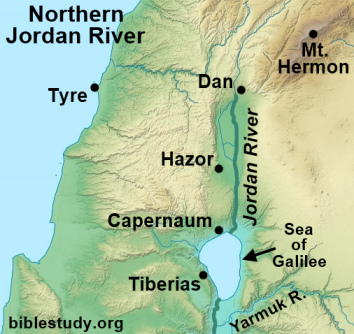  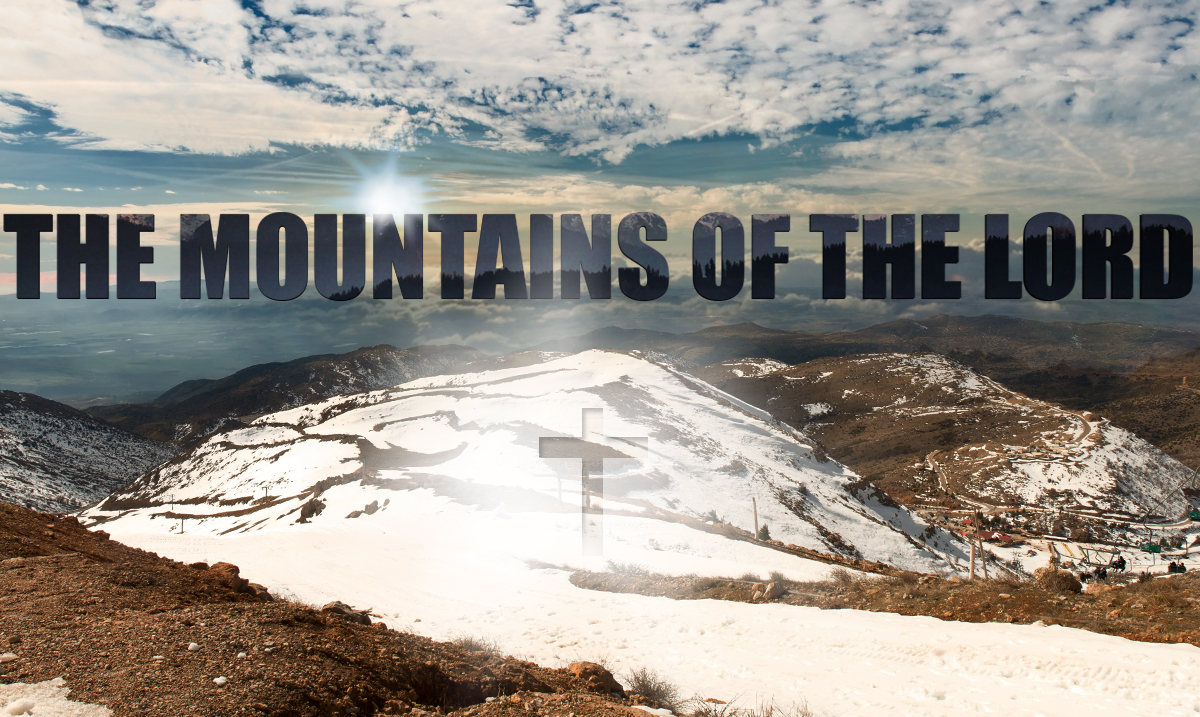  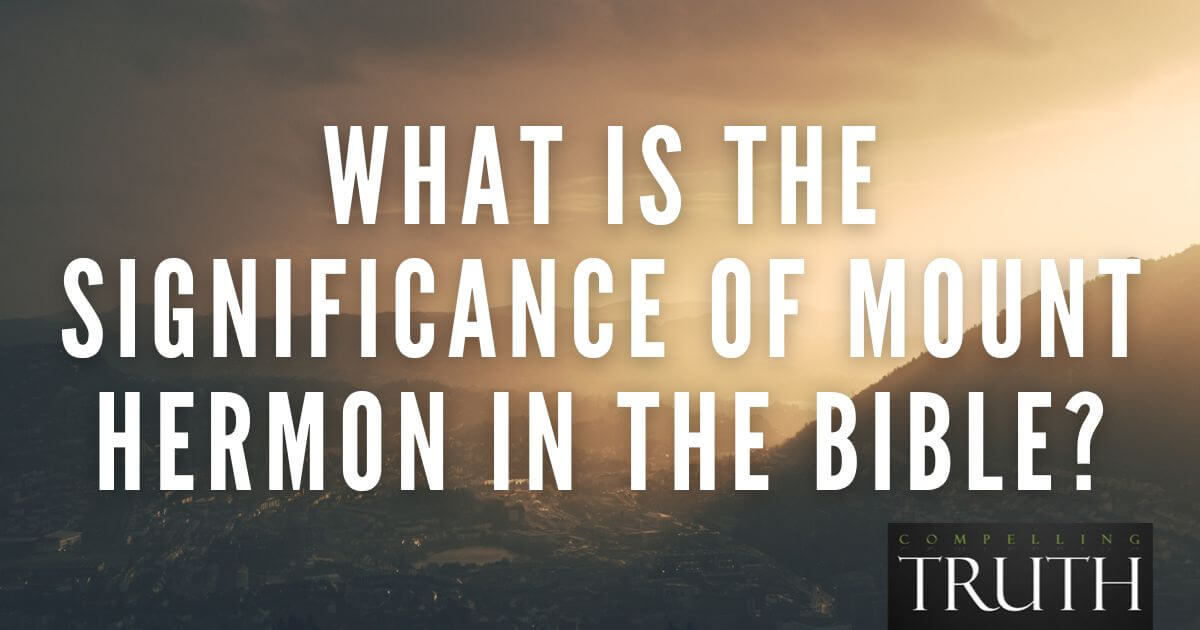  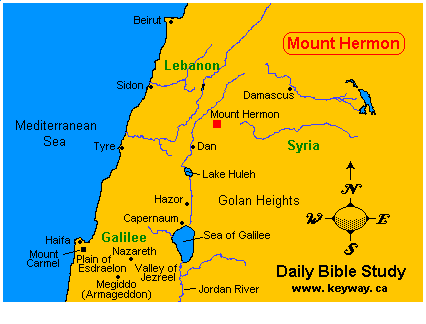   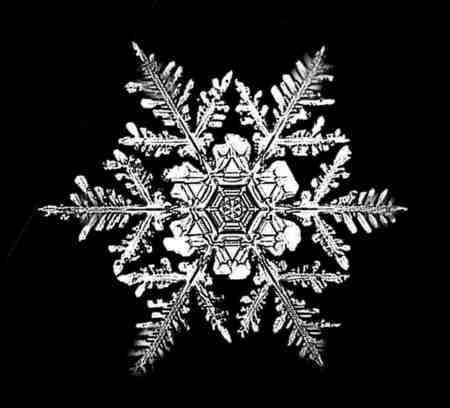 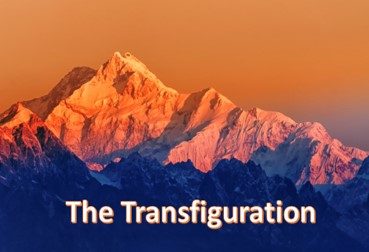 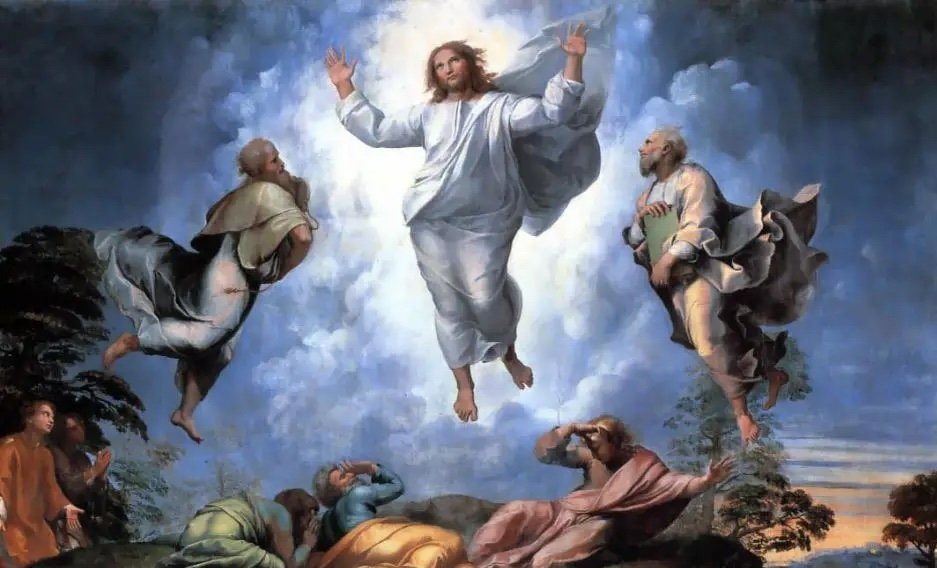  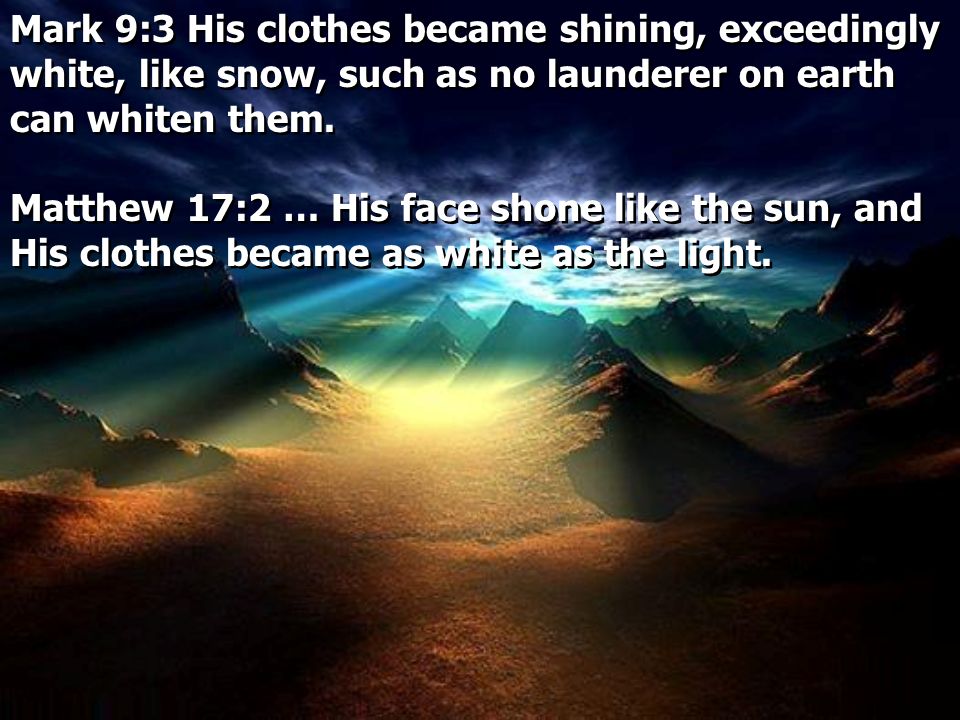 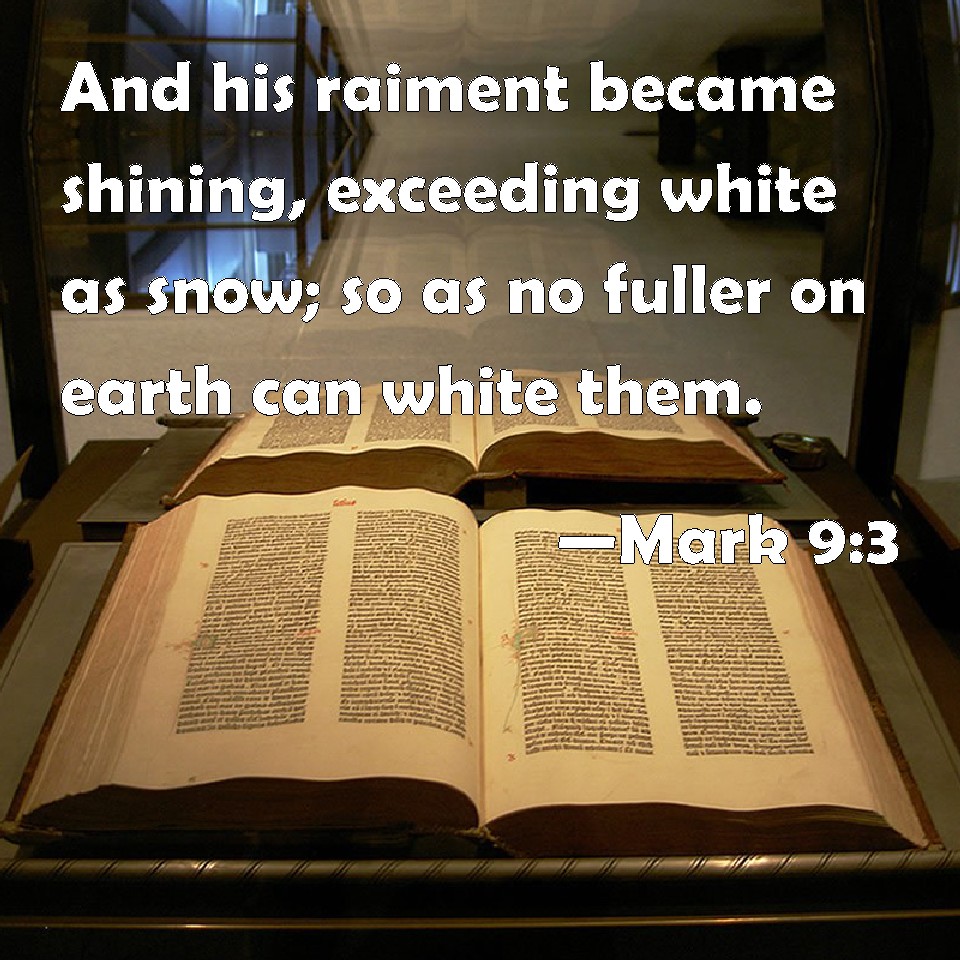 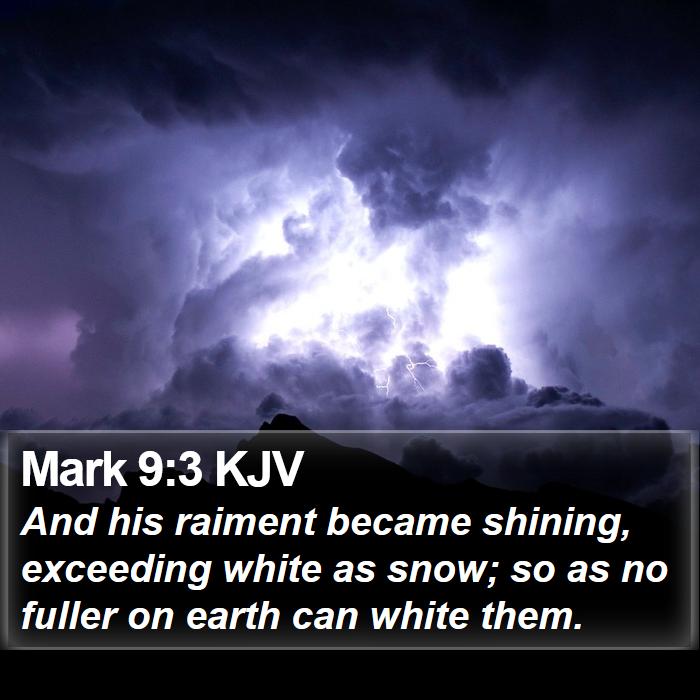
|
|
|
|
|
|
AUGUST 6TH TRANSFIGURATION=HIROSHIMA=JANUARY 6TH WISE MEN=DAY D JUNE 6TH 1944 |
|
|
 Primer Primer
 Anterior
61 a 75 de 75
Siguiente Anterior
61 a 75 de 75
Siguiente
 Último
Último

|
|
| |
|
|
©2025 - Gabitos - Todos los derechos reservados | |
|
|





















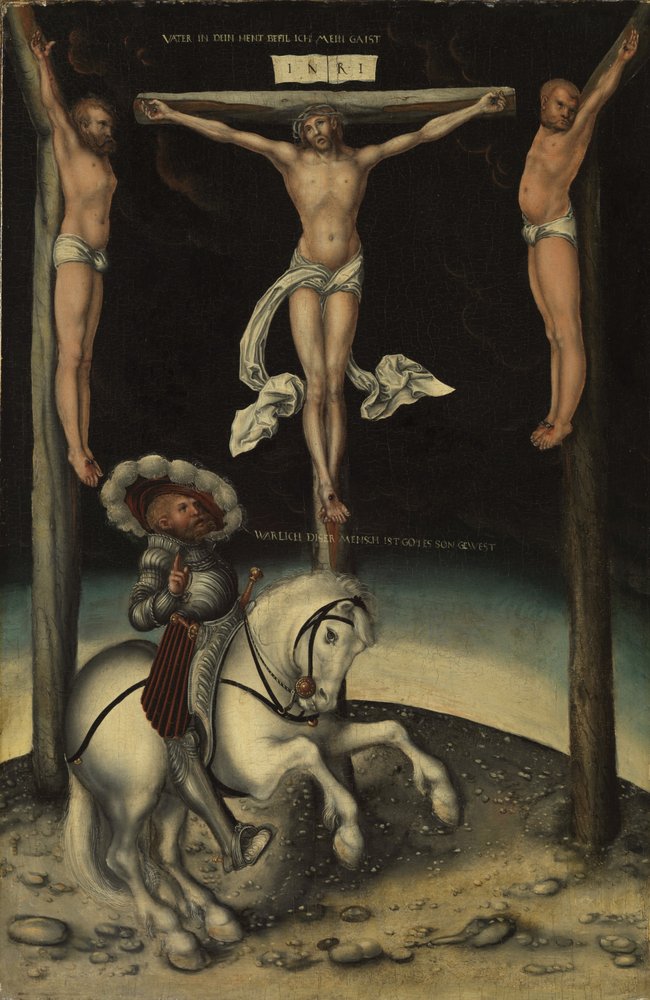
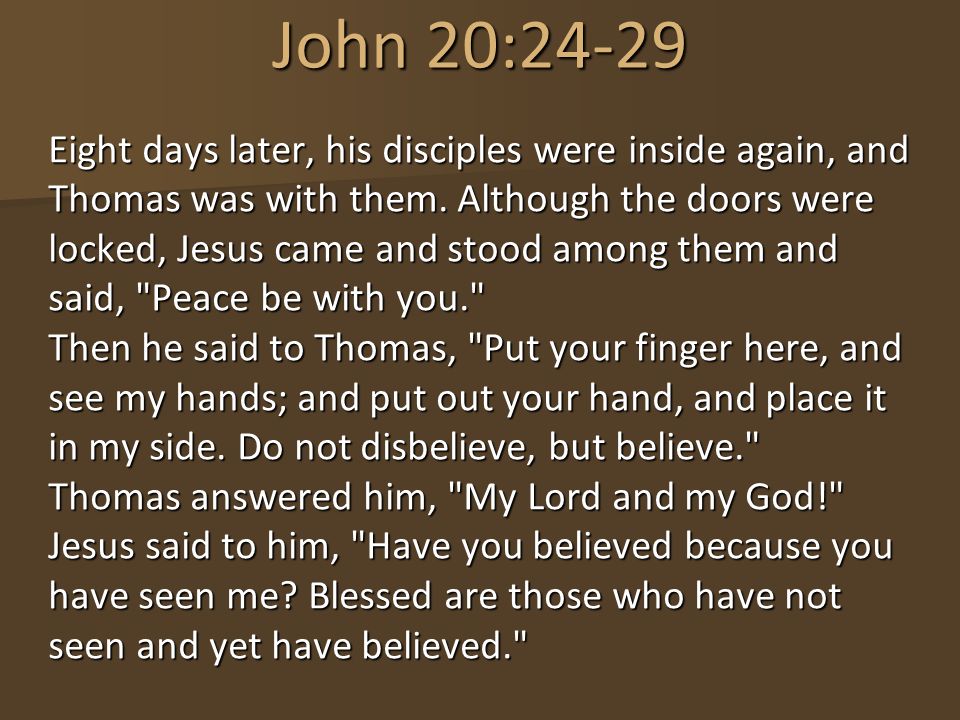


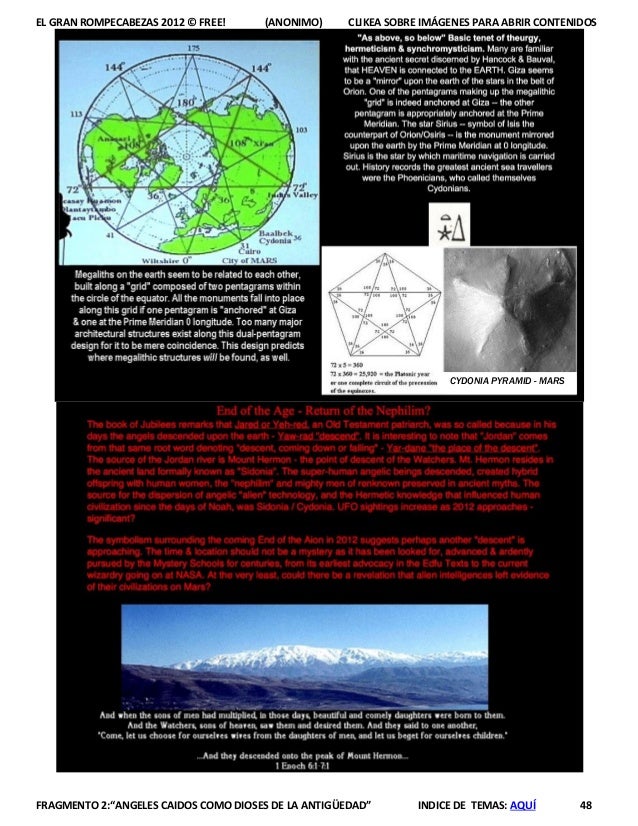

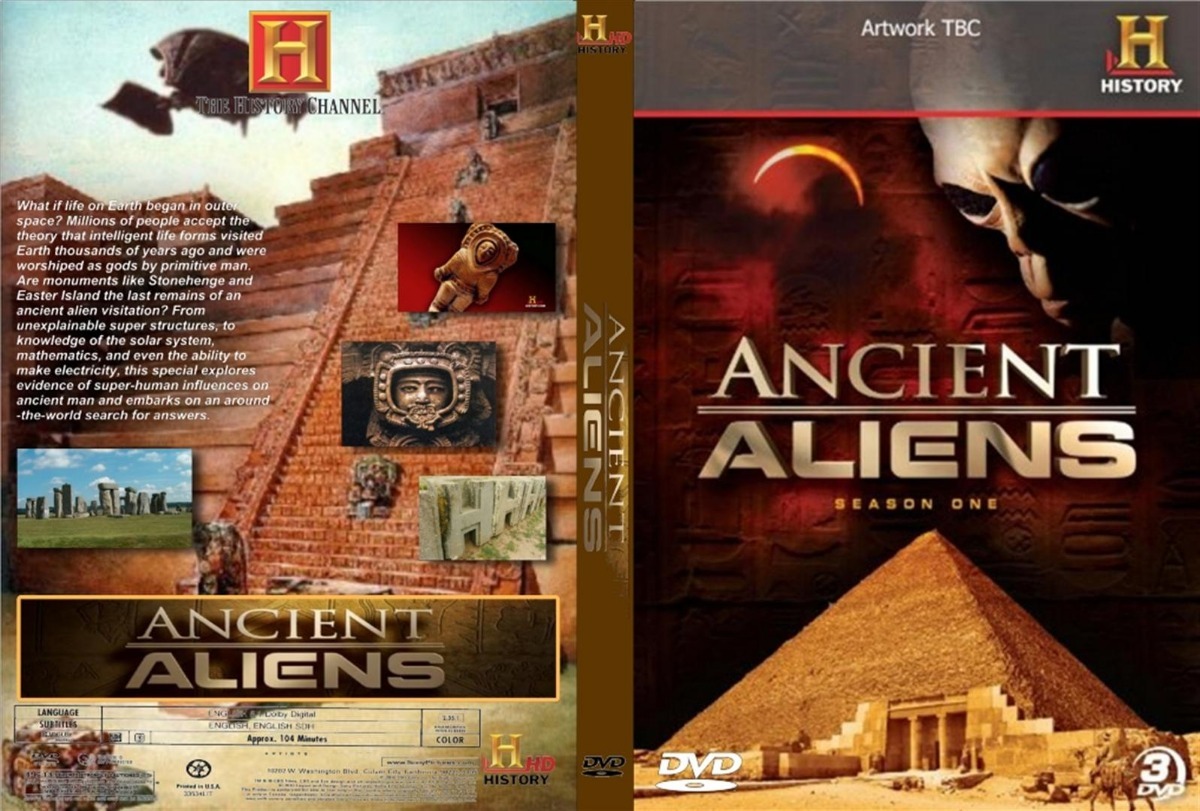


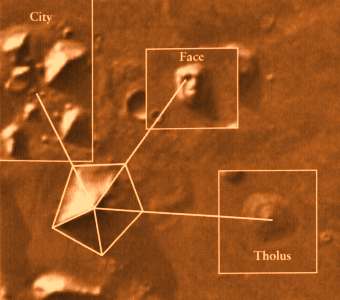

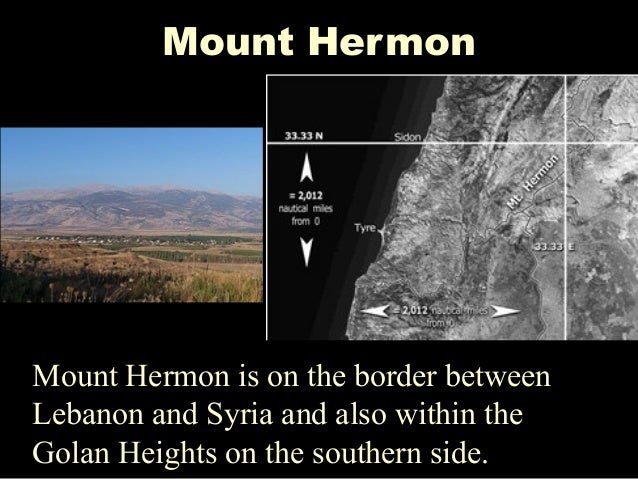






![Revelation 1:14 (lsv) - and His head and hairs [were] white, as if ...](https://img2.bibliaya.com/Bibleya/verse/revelation-1-14-lsv.jpg)



















